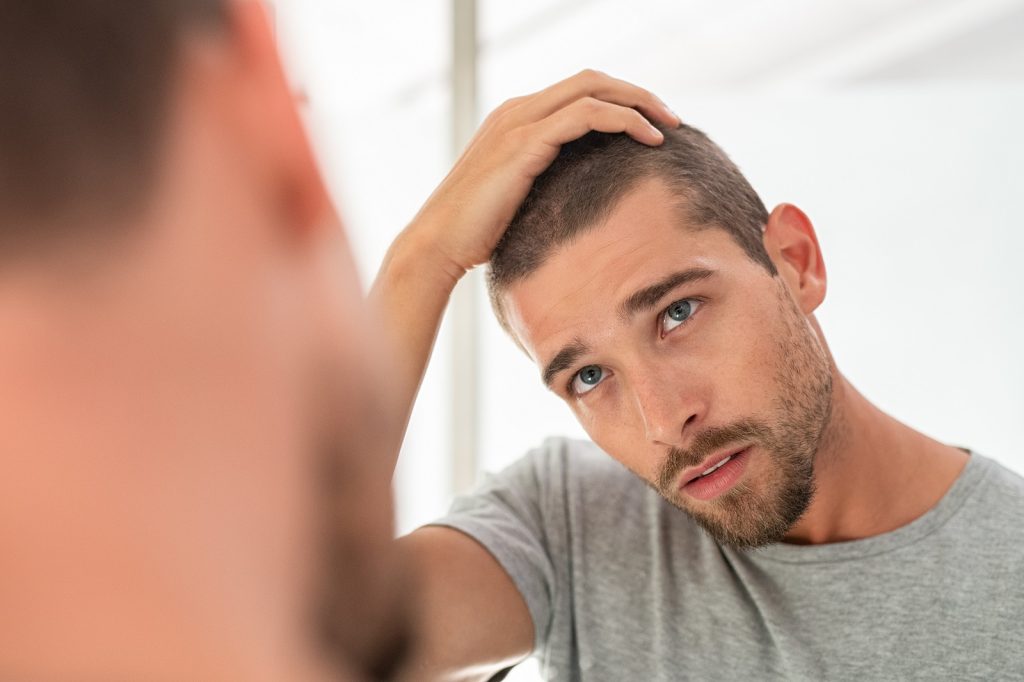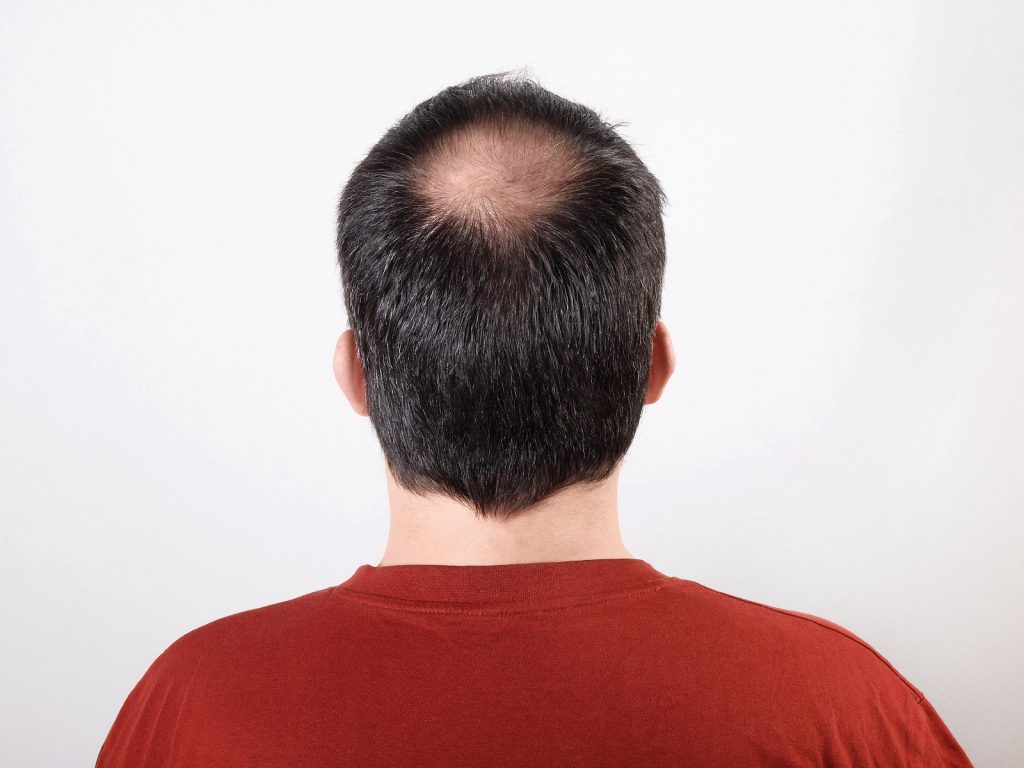Best Medical Treatment For Hair Loss in Lahore
Discover the Latest Medical Treatments for Hair Loss
Hair loss is a common problem that affects millions of people worldwide. While some people may accept it as a natural part of aging, others may find it distressing and seek treatment.
In recent years, there have been significant advances in medical treatments for hair loss. In this comprehensive guide, we’ll explore the latest medical treatments for hair loss, including their effectiveness, potential side effects, and cost.

Understanding Hair Loss: Causes and Symptoms
Hair loss affects millions of people worldwide. It can be caused by a variety of factors, including genetics, hormonal changes, stress, and nutritional deficiencies. Male pattern baldness, for example, is a hereditary condition that affects over 50% of men by the age of 50. It’s characterized by a receding hairline and balding at the crown of the head. Female hair thinning, on the other hand, is often caused by hormonal changes during menopause and pregnancy.
The symptoms of hair loss can vary depending on the underlying cause. In some cases, hair loss may be sudden and rapid, while in others, it may be gradual and progressive. Some people may experience hair thinning or bald patches, while others may have overall hair loss. It’s important to consult a doctor or dermatologist if you’re experiencing hair loss to determine the underlying cause and the best course of treatment.
Medical Treatments for Hair Loss: An Overview
There are several medical treatments available for hair loss. These include prescription medications, topical solutions, hair transplant surgery, platelet-rich plasma (PRP) therapy, low-level laser therapy (LLLT), and natural remedies. Each treatment has its own benefits and drawbacks, and what works for one person may not work for another. It’s important to consult a doctor or dermatologist to determine the best course of treatment for your individual needs.
Prescription Medications for Hair Loss: How They Work and Their Effectiveness
Prescription medications for hair loss are designed to block the production of dihydrotestosterone (DHT), a hormone that contributes to hair loss. Finasteride (Propecia) and Dutasteride (Avodart) are two such medications that are commonly prescribed for male pattern baldness. Minoxidil (Rogaine) is another medication that’s used to treat hair loss in both men and women.
Finasteride and Dutasteride work by inhibiting the enzyme that converts testosterone to DHT. This reduces the amount of DHT in the body, which in turn helps to prevent further hair loss and promote hair regrowth. These medications are effective in about 80% of men who take them, but they can have side effects such as decreased libido and erectile dysfunction.
Minoxidil, on the other hand, works by increasing blood flow to the hair follicles, which can help to promote hair growth. It’s available over-the-counter and is applied topically to the scalp. Minoxidil is effective in about 50% of men and 25% of women who use it, and it can cause side effects such as scalp irritation and unwanted hair growth in other areas of the body.
Topical Treatments for Hair Loss
In addition to minoxidil, there are several other topical treatments for hair loss. These include ketoconazole shampoo, which has anti-inflammatory and anti-fungal properties, and spironolactone cream, which blocks androgen receptors in the scalp. Other topical treatments include caffeine shampoo, which can stimulate hair growth, and rosemary oil, which has been shown to be as effective as minoxidil in promoting hair growth.
Hair Transplant Surgery
Hair transplant surgery is a popular option for people with hair loss who want a more permanent solution. During the procedure, hair follicles are harvested from a donor area, usually the back of the scalp, and transplanted to the balding area. The success of the procedure depends on several factors, including the skill of the surgeon and the quality of the donor hair.
Scalp Micropigmentation
Scalp micropigmentation is a non-invasive procedure that involves tattooing the scalp to create the illusion of hair. The procedure is often used to create the look of a shaved head or to add density to thinning hair. The results can last for several years and are considered to be very natural-looking.
Low-level Laser Therapy
Low-level laser therapy is a non-invasive treatment that involves the use of light energy to stimulate hair growth. The treatment is typically performed using a handheld device that is placed directly on the scalp. The light energy is thought to improve blood flow to the hair follicles, which can promote hair growth.
Platelet-rich Plasma Therapy
Platelet-rich plasma (PRP) therapy is a treatment that involves injecting a patient’s own platelet-rich plasma into the scalp to promote hair growth. The platelets contain growth factors that can stimulate hair follicles. The treatment is typically performed in a series of sessions, and the results can last for up to a year.

Factors to Consider When Choosing a Hair Loss Treatment
When choosing a hair loss treatment, it’s important to consider several factors, including the underlying cause of your hair loss, the severity of your hair loss, your age and overall health, and your budget.
Consulting a doctor or dermatologist can help you determine the best course of treatment for your individual needs.
Taking Action and Regaining Confidence
Hair loss can be a distressing experience, but there are medical treatments available that can help restore your hair and prevent further hair loss. From prescription medications to hair transplant surgery, there are a variety of options to choose from. It’s important to consult a doctor or dermatologist to determine the best course of treatment for your individual needs. With the right treatment, you can say goodbye to hair loss and hello to a fuller, healthier head of hair, and regain your confidence and self-esteem.